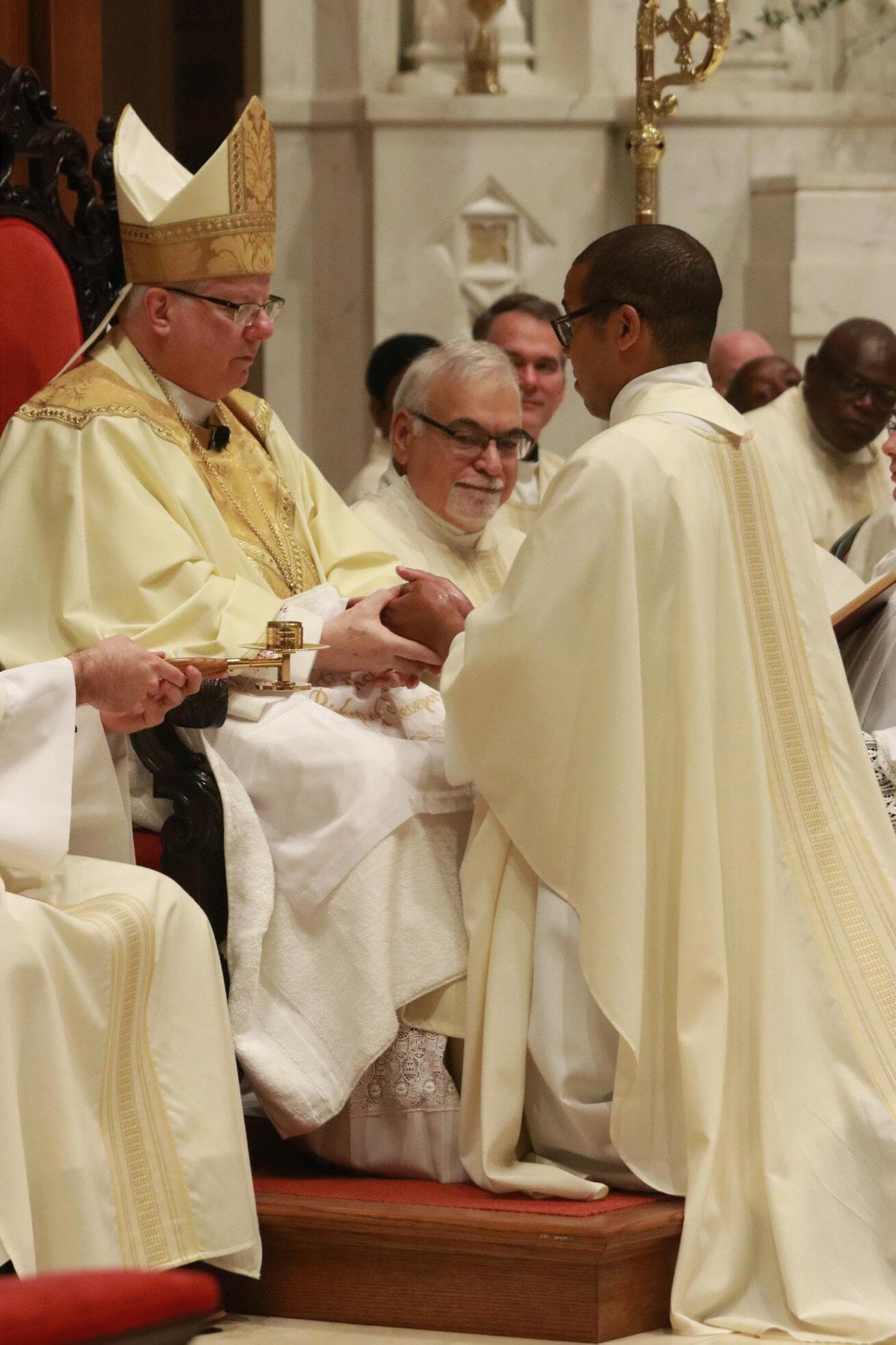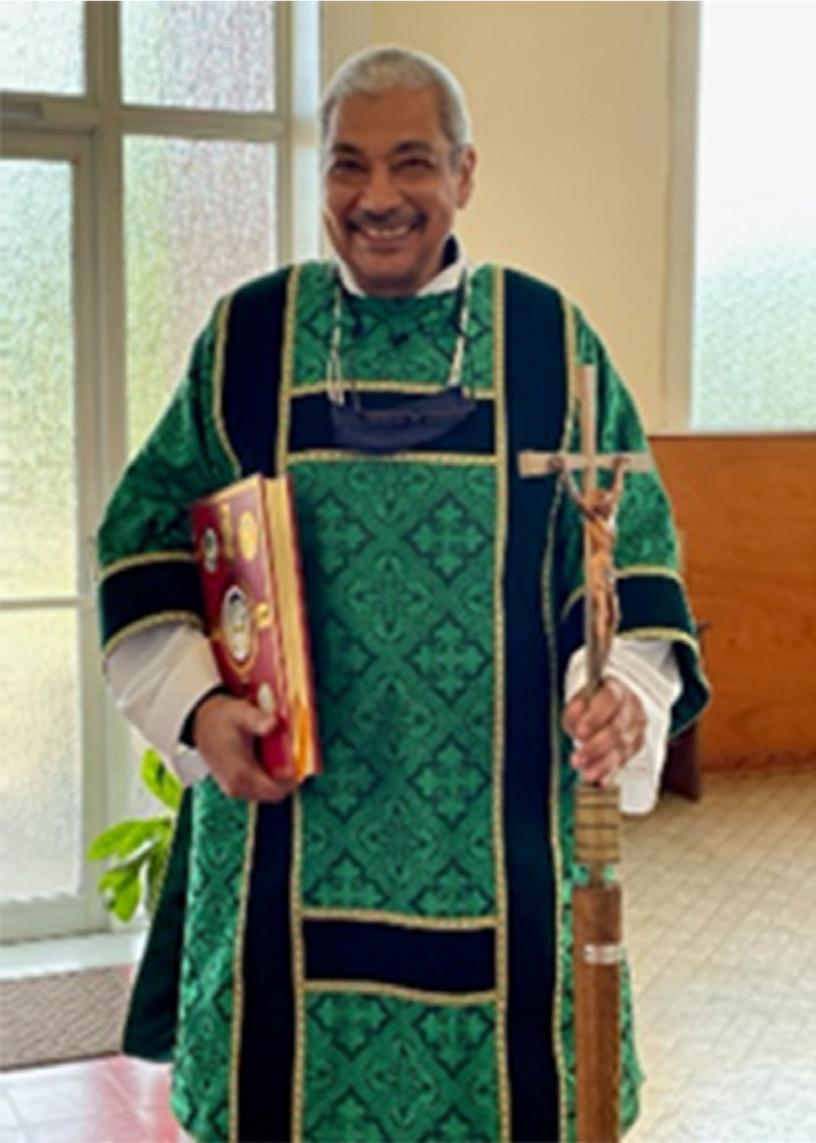
1 minute read
Becoming A Permanent Deacon
ALONG WITH 17 OTHER GENTLEMEN I WAS ORDAINED TO THE PERMANENT DIACONATE ON MAY 7, 2005, AT THE CATHEDRAL OF ST. JOHN BERCHMANS BY BISHOP WILLIAM B. FRIEND. My pathway to the permanent diaconate began with the strong Catholic faith of my Irish immigrant parents, the importance of the Church in our family life, and the fact that I attended Catholic school at the parish from kindergarten through high school. I studied Biology in college at a Jesuit college where Theology and Philosophy were part of the required curriculum even for science majors.
Although I cannot honestly state that I developed my faith or its practice during the years after college, I married well. My wife’s faith was strong and her parents professed a deep commitment to the faith. More so than me, Isabel was active at St. Joseph - Shreveport.
Advertisement
While raising our children I had the good fortune in the early ‘90s to go on two mission trips to Saltillo, Mexico, as a chaperone and driver with the St. Joseph youth group. On the first of those trips, I met Deacon Bill Long who worked with Fr. Pike Thomas. That was my close encounter with a Permanent Deacon. Around this same time, I first met Deacon Clary Nash who was then assigned to the Cathedral of St. John Berchmans.
Years later it was the Holy Spirit, I’m sure, who drew my attention to a brief notice in the Catholic Connection announcing a meeting regarding a formation program for the Permanent Diaconate. Deacon Clary Nash was the coordinator for the formation program.
From that first meeting, one thing led to another. I talked it over with my wife, collected the required documents, discussed the program with Fr. Peter Mangum, the Pastor of St. Joseph, and submitted the application. Deacon Nash stayed in contact to ensure the deadlines were met. The greatest challenge, in my mind, was an interview with three members of the Vocations Board. I was anxious but I survived.
The formation began with a one-year Aspirancy Period. There were either 24 or 25 men when we started. By the end of that first year, we had lost a few men, been challenged by the course work, and were forming friendships with men and women from all parts of the Diocese. Successful completion of the year of Aspirancy led to acceptance as Candidates. After three more years of formation, those who completed the coursework and demonstrated a willingness to serve were called to ordination by Bishop Friend.










